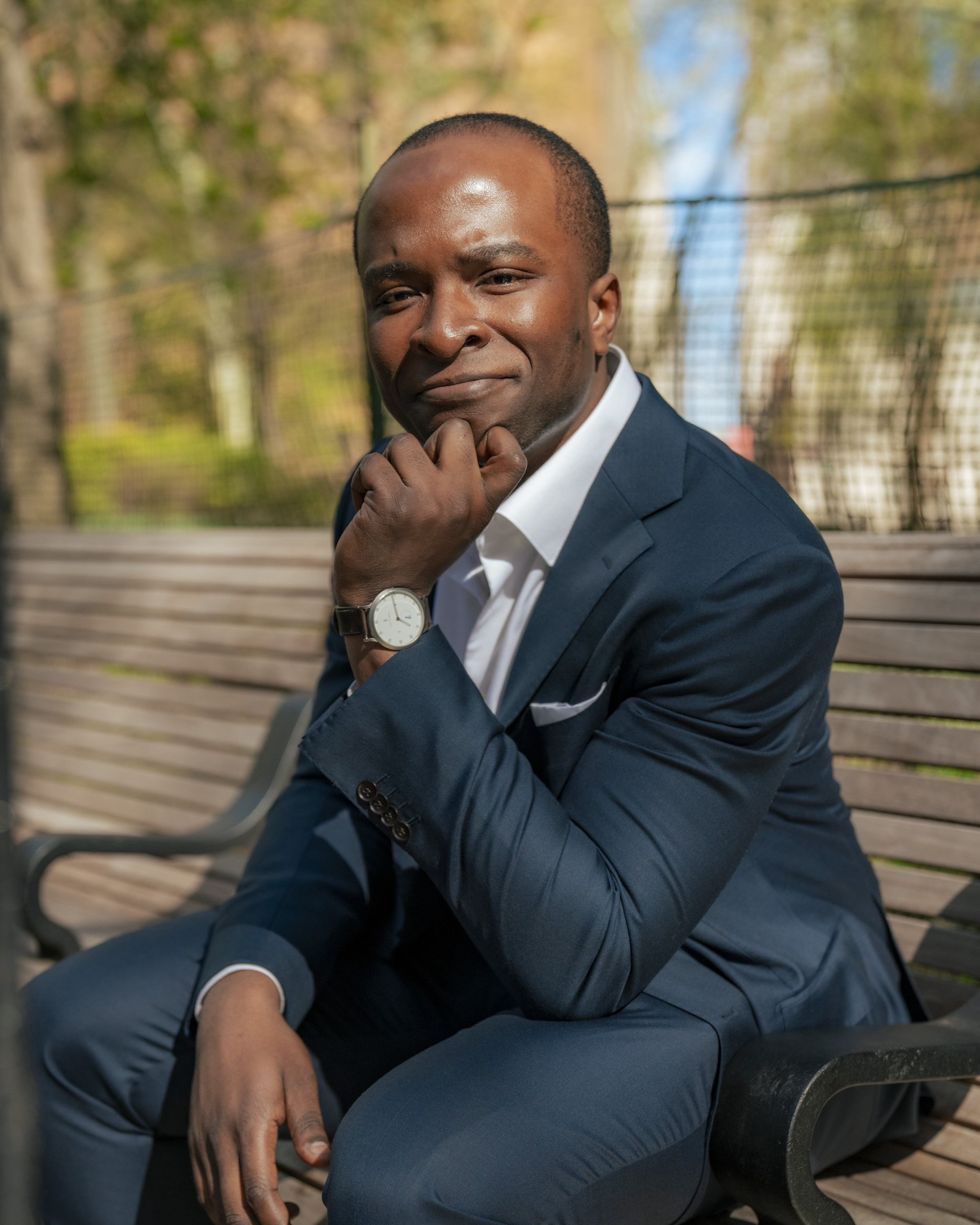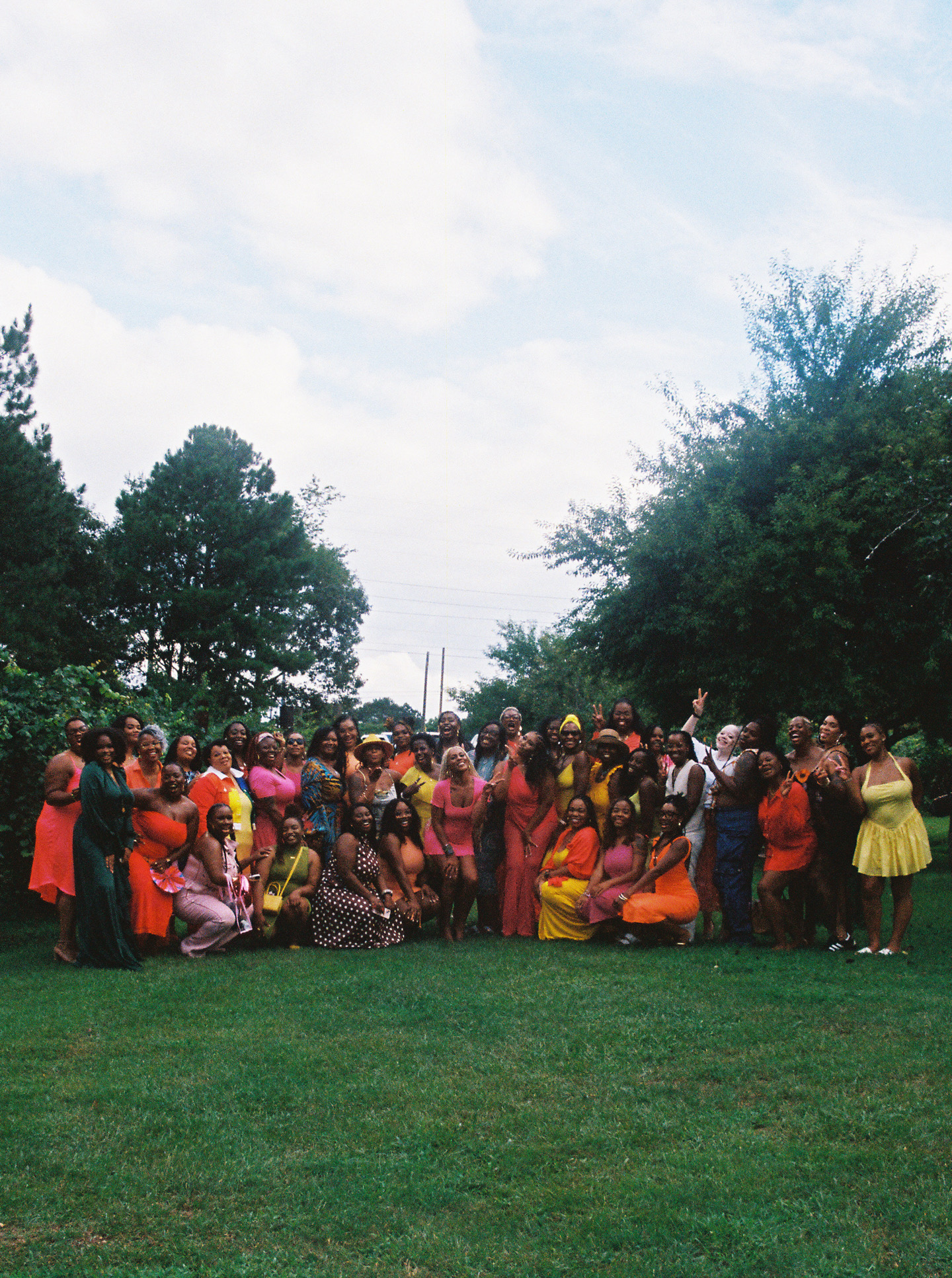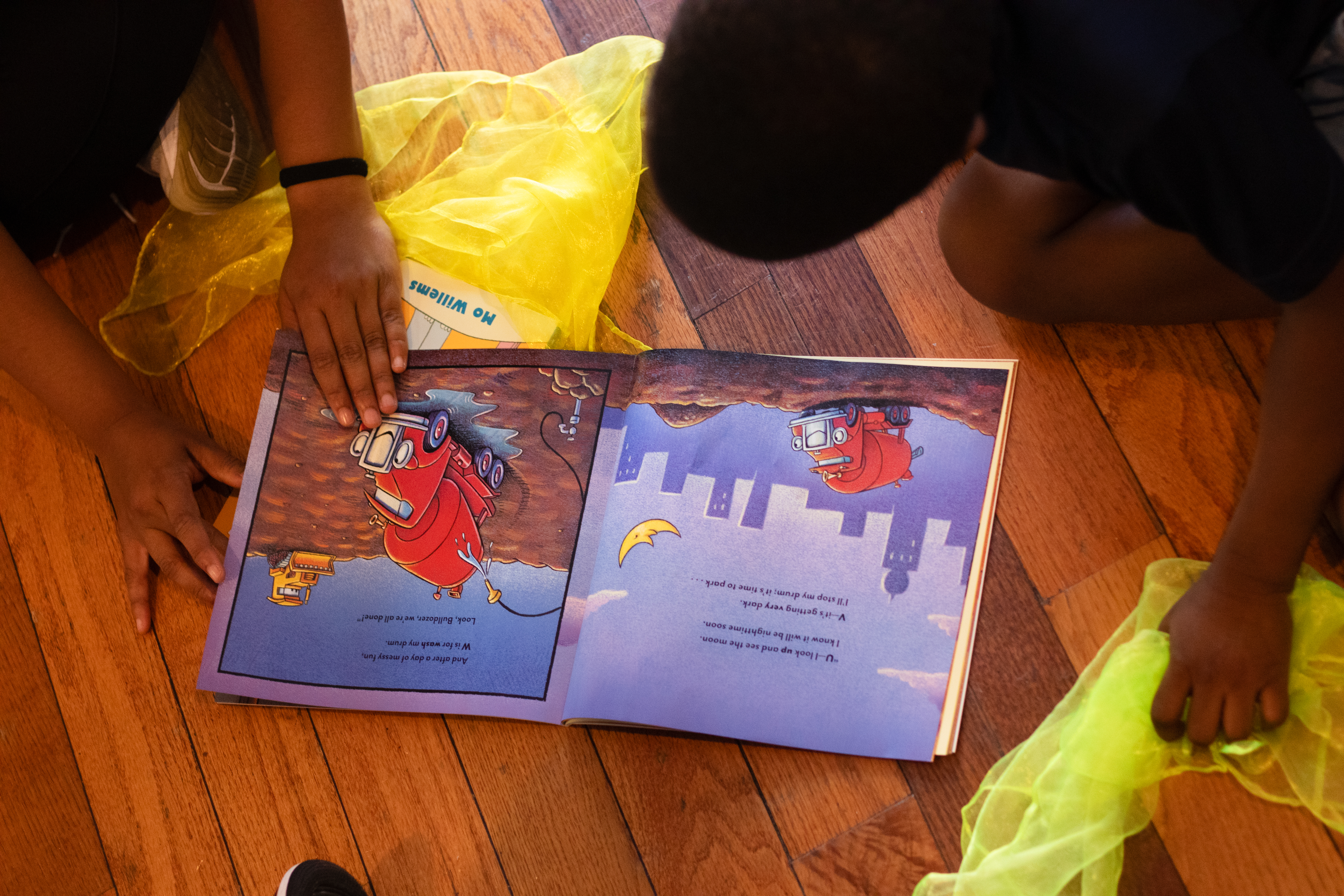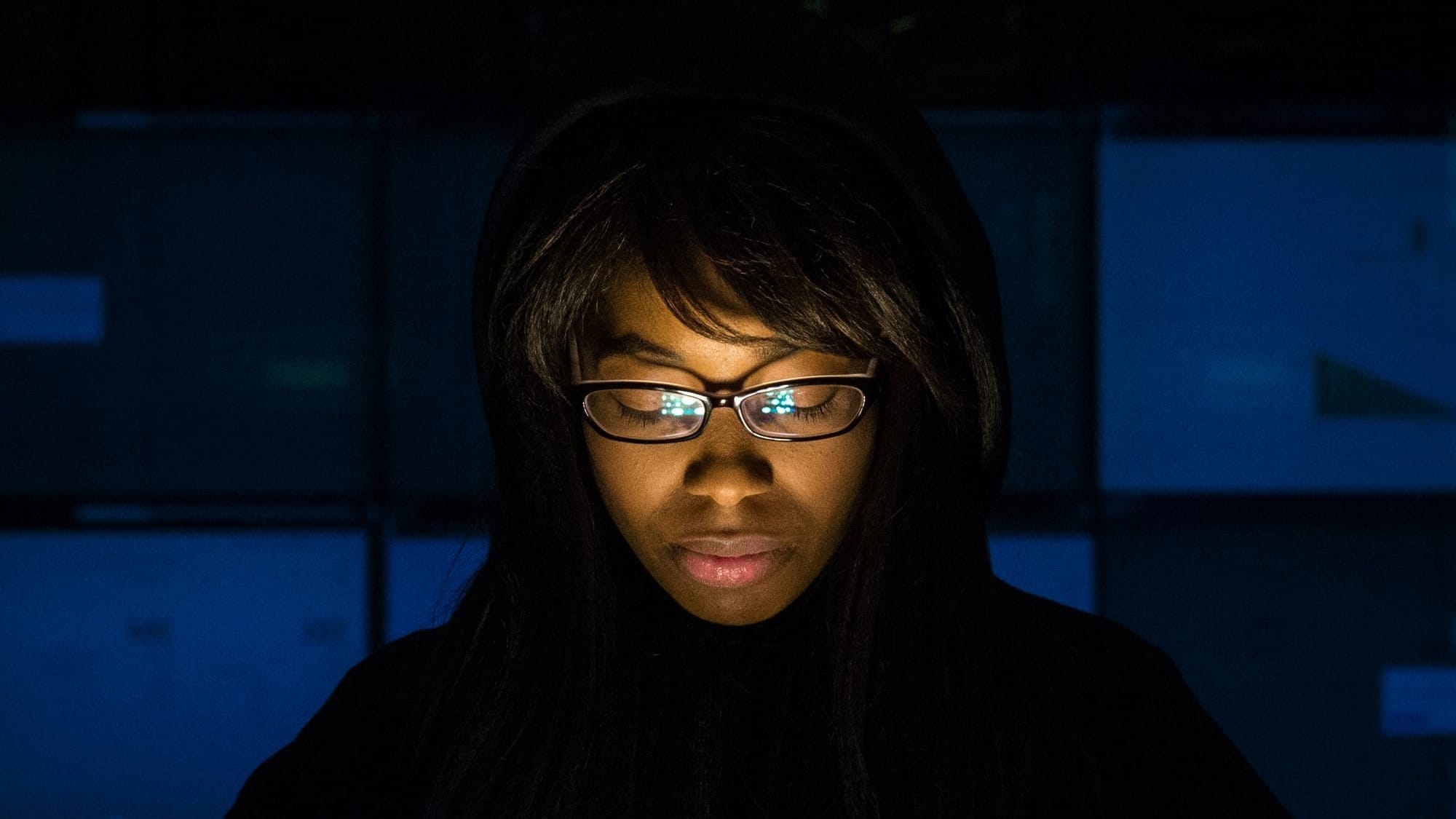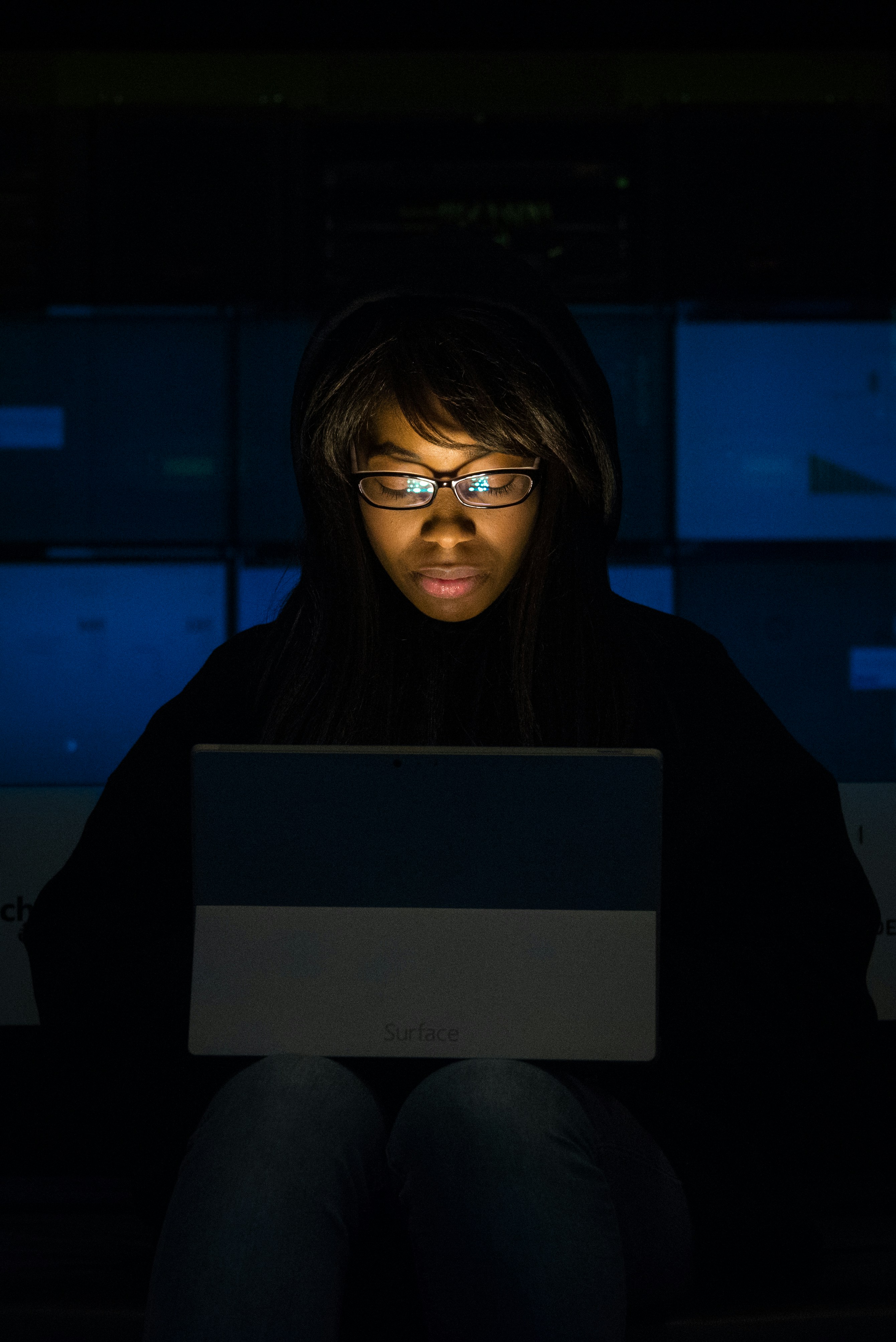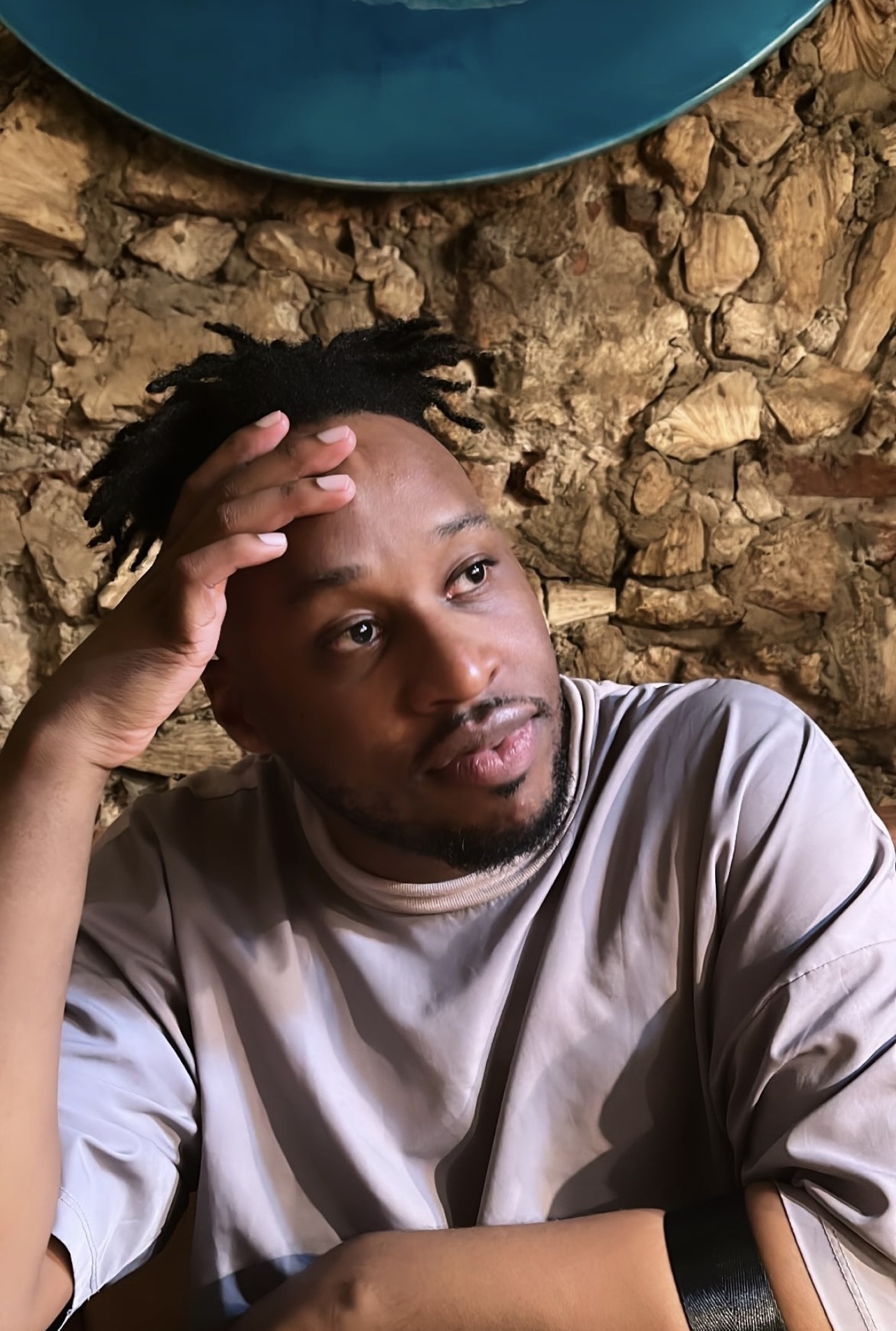The Fire Still Burns from the MOVE Bombing in Philadelphia
On May 13, 1985, the city of Philadelphia dropped a bomb on its own citizens. Eleven people, five of them children, died in that fire. Sixty-one homes burned to the ground. The target was MOVE, a radical Black liberation group.
On May 13, 1985, the city of Philadelphia dropped a bomb on its own citizens. Eleven people, five of them children, died in that fire. Sixty-one homes burned to the ground. The target was MOVE, a radical Black liberation group. The justification was “public safety.” The legacy is one of America’s most grotesque episodes of state violence and one of its most neglected.
Forty years later, we are still uncovering the embers of that night. In recent years, we’ve learned that the University of Pennsylvania and Princeton University held onto the remains of victims, bones believed to belong to 12-year-old Tree Africa, without the knowledge or consent of their families.
The remains were used in academic presentations and stored as institutional property, passed around like artifacts. This wasn’t history preserved. It was history desecrated.
And then, as if part of the same dark script, came the news from Harvard. Tamara Lanier has spent years battling the university over photos of her enslaved ancestors, Renty and Delia. The photographs, taken in 1850 at the behest of a Harvard professor seeking to prove the racial inferiority of Black people, have remained in the university’s possession.
Lanier’s lawsuit was dismissed in part, but a narrow legal path remains open to her. Harvard, for its part, continues to claim ownership of the images. What unites these stories is not just their horror, but their familiarity. They are about how Black people, and Black pain, are documented, stored, and archived, but never truly heard.
Institutions that once experimented on Black bodies or displayed them for science now say they are reckoning with their pasts. But reckoning is not a press release. It is a transfer of power. A restoration of dignity. A willingness to be held accountable.
Philadelphia has changed in four decades. But if you talk to Black residents, especially those in West Philly where MOVE lived, you’ll hear a different kind of history. One that isn't sanitized for classrooms or softened for museum placards. It’s a history of survival, yes, but also of betrayal: by city leaders, by universities, by the broader public who too often preferred silence over solidarity.
It’s tempting, especially on anniversaries, to treat these events as history. To file them away as tragic mistakes. But the MOVE bombing wasn’t a mistake. It was a decision—a deliberate, state-sanctioned act of racial violence. The retention of remains wasn’t an oversight. It was a choice. So was the photographing of Renty and Delia. The failure to return those images is, still, a choice.
These choices accumulate. They shape the way Black Americans experience the institutions that purport to serve them. Hospitals that once experimented on Black patients without consent. Universities that profited from slavery. Museums that displayed Black bodies like trophies. Police departments that treated entire neighborhoods like war zones. None of this is theoretical. None of it is ancient. The MOVE bombing was four decades ago. The remains were used in a class lecture just a few years back.
And here’s what makes this moment different. People are refusing to let go. Families are demanding returns, apologies, and reparations. Descendants are tracing their lineages, telling their stories, and forcing public reckonings. They are refusing to let these histories be erased or repackaged into polite institutional language. They are making sure that we remember not just what happened, but who it happened to and why.
I’ve often thought about something the scholar Saidiya Hartman wrote: “The past is not behind us. It haunts this moment.” You don’t need to believe in ghosts to know that’s true. You just need to live in a country where Black death is archived and studied, but Black life is not protected.
This anniversary approaching should not be about remembrance alone. It should be about restitution. It should be about finally listening to the communities that have, for too long, only been spoken about. Because the fire still burns. Not in the buildings. In the memories. In the bones. In the refusal to forget.
